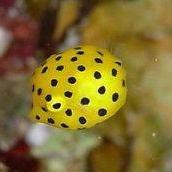Development of Captive Culture Technology for the Yellow Tang (Zebraso

By
CFOh,
in General Reefkeeping_
-
Topics
-
Latest Update
-
0
Big rock of Cinnamon paly Grandis
Approximately 40 heads, wysiwyg, each head is about 4cm. Letting go at $230. -
0
WTS Orange Octospawn
Selling purple body orangey tip octospawn for $85 (RP $120) - extended about 20cm length, skeleton about 15cm - kept for 1 year plus, no space hence selling, - thick fleshband, with polyp babies popping up at the sides Collection at Springleaf 779830 contact @chewedgum on telegram -
0
WTS Rainbow Bubble Tip Anemone
Selling Rainbow Bubble Tip Anemone, from Taipei -5cm plus when extended with long tentacles -$70 - collection at 779830, - pm @chewegum on telegram -
0
[emoji[emoji239[emoji2388]]39[emoji2389]] montis for $[emoji2389][emoji2388]
Collect in punggol, 823374. All 3 (green,red,lime) for $10 Sent from my iPhone using Tapatalk -
3
-






Recommended Posts
Join the conversation
You can post now and register later. If you have an account, sign in now to post with your account.